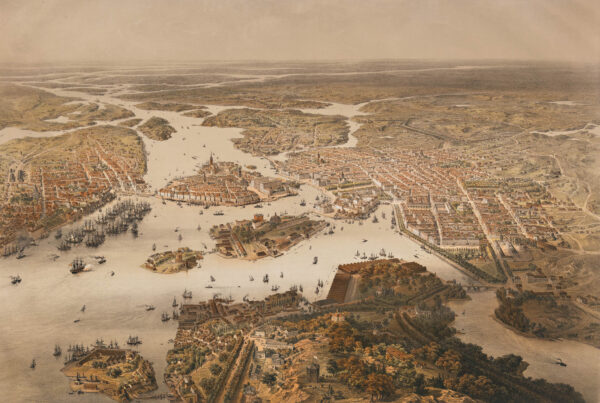Grown Up
The end of the 16th & the beginnings of 17th century was the time of the formation of the Swedish Empire. It was a period when the city grew six fold, its economy skyrocketed & a great part of its present street network was formed. The Thirty Years’ War (1618-1648) reshaped Europe’s borders. Sweden played a key role & gained respect & territories. The country was elevated into a European leader and protector of Protestantism. It was during those years that Stockholm became the capital of Sweden once again (1634) obtaining a monopoly over trade between Swedish & foreign merchants.
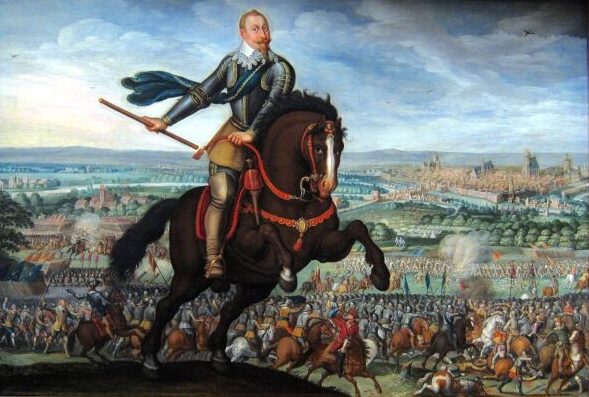
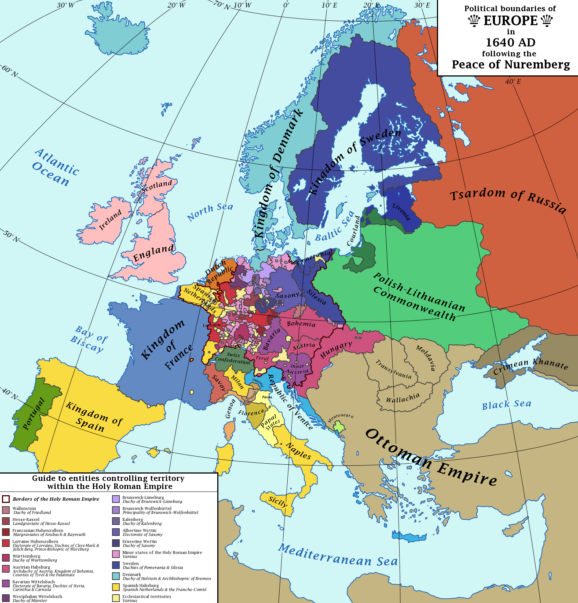
The 17th century was Stockholm’s golden age. Many ambitious plans were implemented in order to transform the city into a modern capital of the time, with the main core & the surrounding districts (Normalm, Södermalm, Östermalm) experiencing a construction orgasm. Along the eastern waterfront the medieval wall is replaced by a row of prestigious palaces (Skeppsbron). Riddarholmen a former medieval slum is gradually transformed into a sumptuous baroque city.
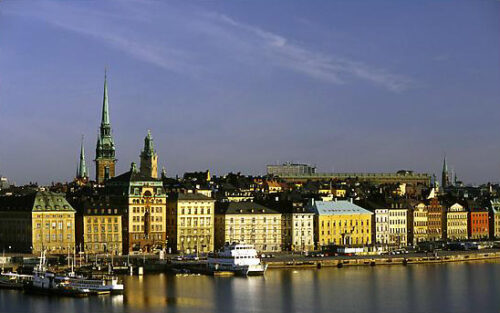
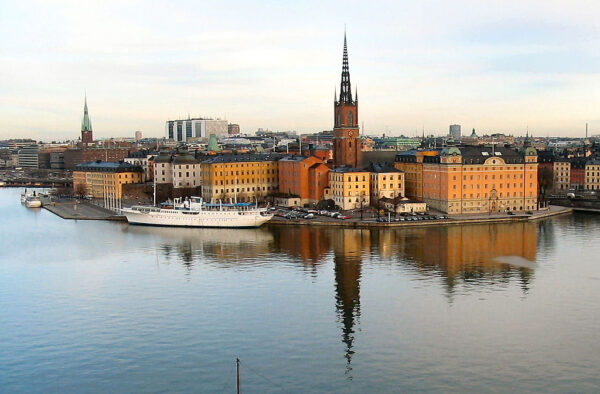
The state granted monopoly was not the only thing that favored Stockholm. The city was also one of the best natural ports of the era, with a capacity to harbor the biggest ships of the time right next to its core. That alone was enough for the naval trade of the city to prosper. The glory days however couldn’t last forever. In 1700 Russia, Saxony-Poland & Denmark-Norway summoned their powers & attacked the Swedish Empire commencing the Great Northern Wars that would last until 1721. The Black Death that hit Stockholm in 1710, killing 1/3 of the population & the Τreaty of Nystad in 1721 ended Sweden’s role as a major European power & crippled Swedish ambitions of a lasting empire.
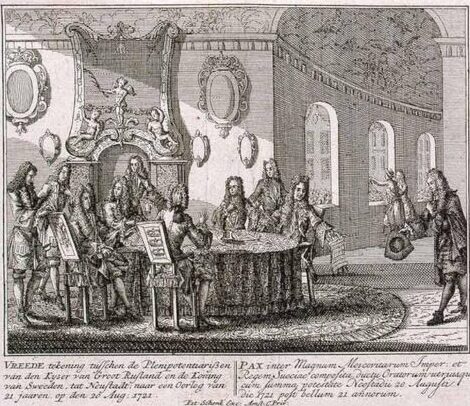
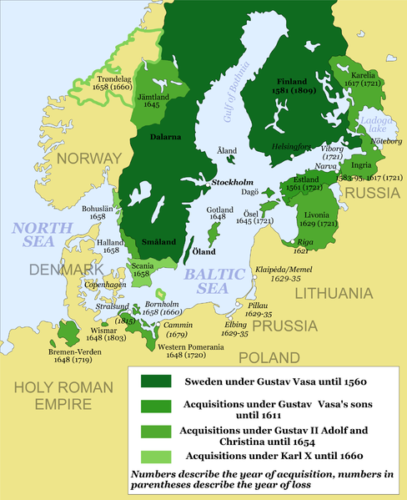
The end of the 18th century was also marked by the rise of the so-called Skeppsbro Nobility, a term used to describe the wealthy wholesalers who inhabited that area. It was also marked by the further development of the city’s shipyards & the building of numerous trade houses. The new Royal Palace in Gamla Stan, in the place of the old fortress palace of Tre Kronor (Three Crowns) was completed & the last wooden buildings in Gamla Stan were replaced by new safer edifices.
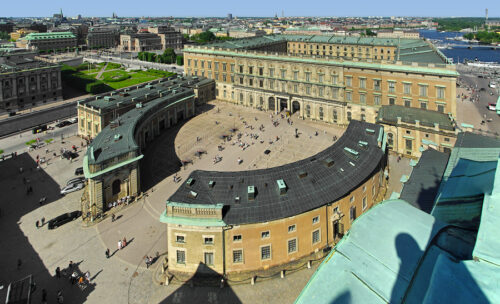
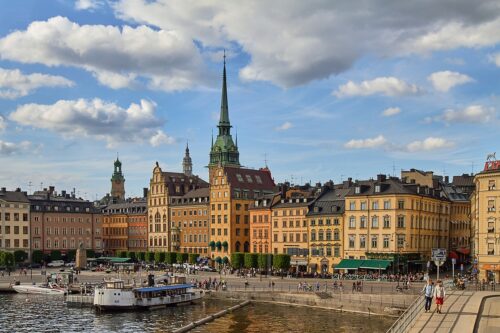
King Gustav III (r.1772-1809) revamped the capital’s facades in neoclassical style with constructions such as the Gustav Adolf square, the Royal Swedish Opera, Bridge Norrbro & Customs House at Skeppsbron, all designed & inaugurated during his reign.
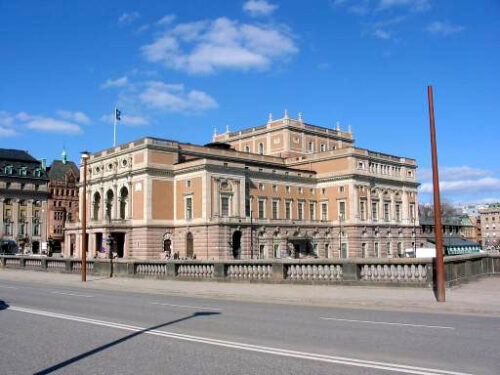
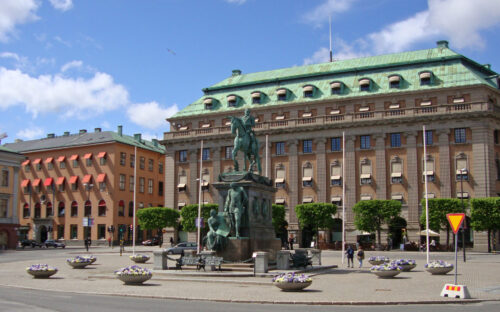
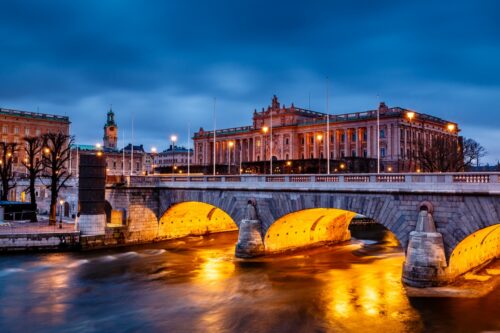
During the 1780’s three large parks were created around Brunnsviken in the new style of the period – English landscape parks. All still remain relatively untouched: Bellevue in the south, Hagaparken in the west and Tivoli in the north. Haga Park is one of Europe’s best preserved parks in this particular landscape style.

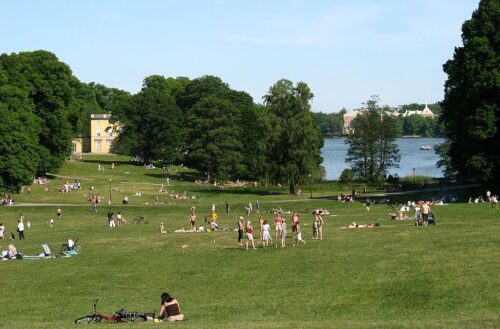
Stockholm remained the political powerhouse of Sweden despite the tectonic changes that occurred during the Napoleonic Wars, such as the loss of Finland in 1809 & the Union with Norway in 1814. The case did not apply for the economic role of the city since Gothenburg had evolved into a leading port of Sweden & Norrköping into the leading industrial city. That changed in the latter half of the 19th century with the increase of industrialization & the factories built after the 1840’s. Trade & services followed suit. Gas works, sewage, running water & paved streets were introduced in the capital which was now connected with the rest of the continental countries through its new railway system inaugurated in 1871 while steam engine boats became a common sight.
